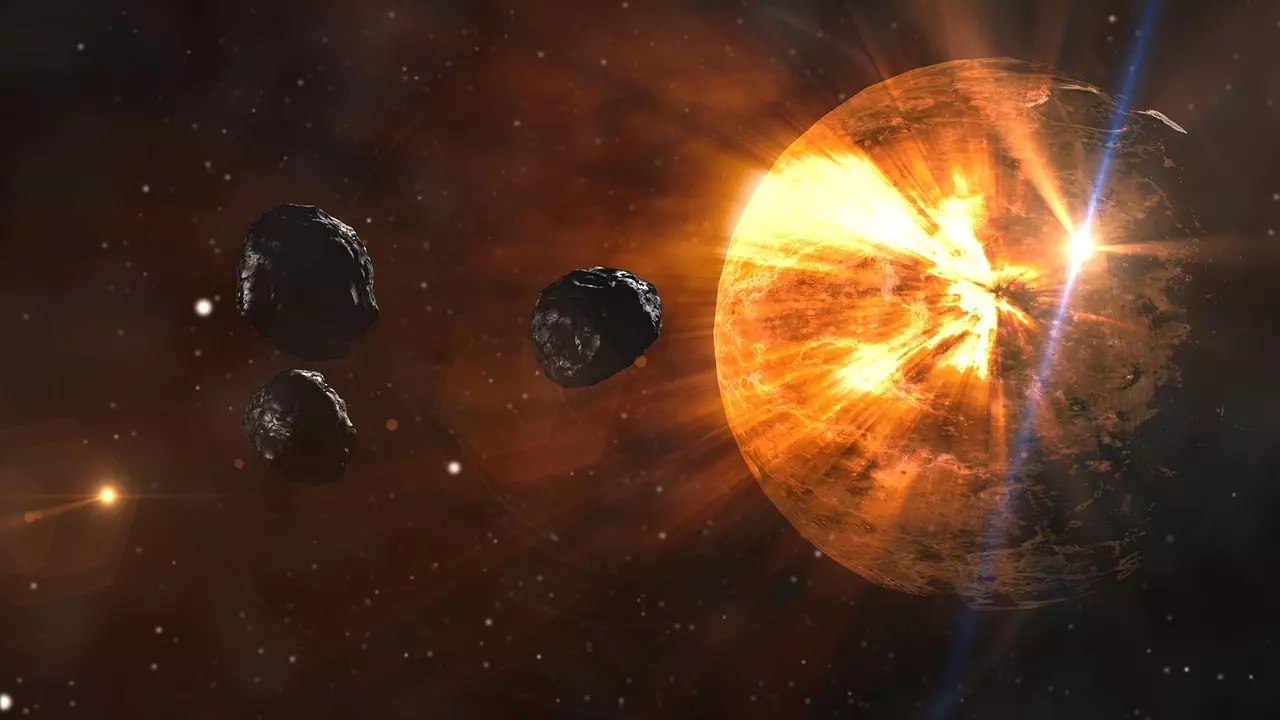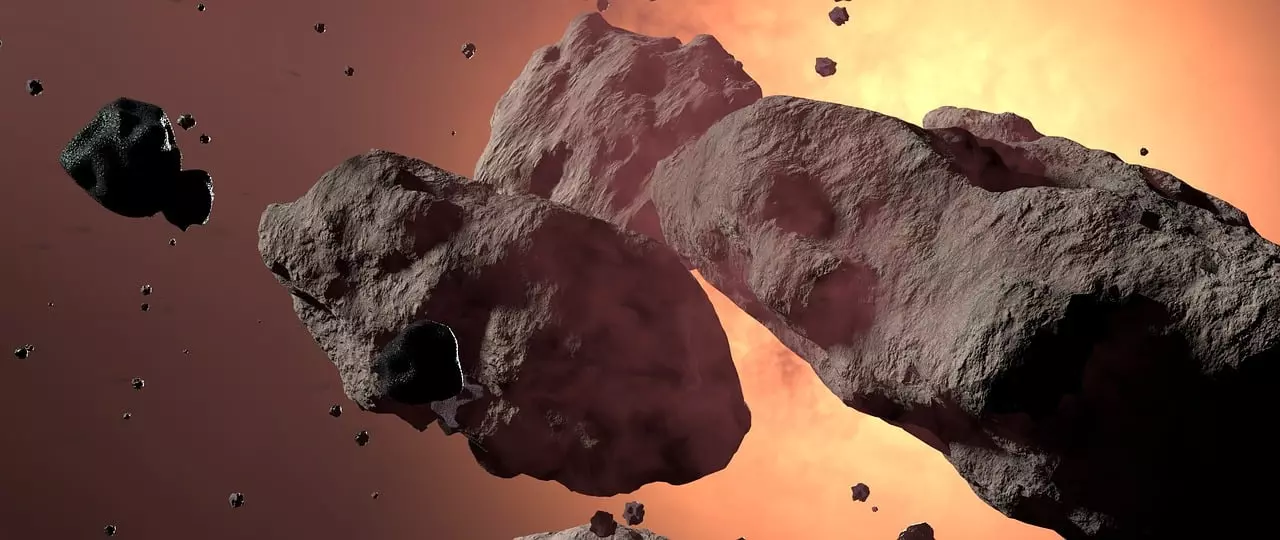Samples taken from the asteroid Bennu, brought to Earth by NASA’s OSIRIS-REx mission, are causing a real stir among scientists. Since its arrival in September, the spacecraft has delivered precious pieces of the universe that are being closely examined, raising a flurry of surprises and questions.
The OSIRIS-REx mission, which began in 2018, has been a true journey that has lasted nearly two decades. The spacecraft left Earth towards Bennu, an asteroid belonging to the Apollo group and with an orbit close to Earth’s orbit. After successfully reaching the rocky surface in 2020, the probe dived half a meter to its surface, collecting samples that were later delivered to Earth in late September.
Now, scientists have obtained their first detailed observations of Bennu, revealing rocks ranging from millimeters to centimeters in diameter, with a rough, sticky texture. Spectroscopic analyzes conducted on December 11 provided a fascinating look at the composition of the samples, revealing moist, organic-rich remains dating back to the early solar system.
Dante Lauretta, the mission’s principal investigator, expressed his satisfaction: “We certainly have moist, organic-rich remnants from the early solar system, which is exactly what we expected when we first envisioned this mission nearly 20 years ago.”
One option is to invest a small percentage of your profits in stocks. See how: A step-by-step guide on how to invest in stocks
However, there is still a mystery. The predominantly blue spectral signature of Bennu’s samples leaves scientists scratching their heads. The hypothesis that there is more water in space rocks challenges researchers’ previous notions and adds a new layer of cosmic intrigue.
In addition to the mystery of the blue signature, the richness of carbon and organic matter, along with the presence of magnesium, sodium and phosphorus, add to the unknown. The material analyzed is only a small part of the total, due to defects in the sample capsule that prevent complete access. Innovative tools and forceps are used to extract samples from the partially open flap. The final results of the analyses, coming from the Reflection Experiments Laboratory (RELAB) in Rhode Island and the Natural History Museum in London, will be revealed in the Northern Hemisphere spring during a scientific meeting.
Amid this cosmic exploration, scientists are eagerly waiting to unravel the mysteries contained in Bennu’s samples, which could provide crucial clues about the formation of our solar system.

“Coffee trailblazer. Social media ninja. Unapologetic web guru. Friendly music fan. Alcohol fanatic.”


